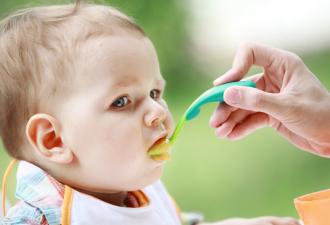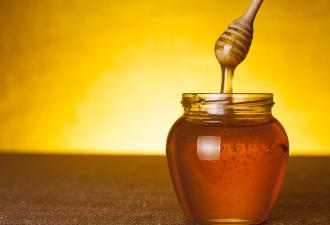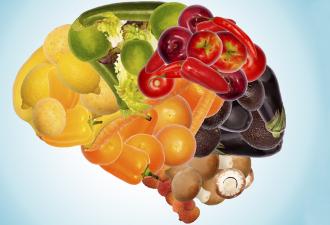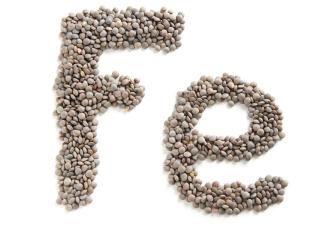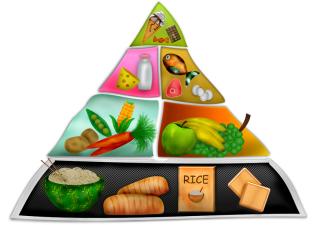
How often should a child eat red meat?
The composition of red meat
Red meat is a great source of protein, iron and other micronutrients, such as zinc and vitamin B12. For those who consume it, they should prefer lower fat parts of meat. Over the past decade, however, concerns about the association between meat consumption and the risk of developing chronic diseases and, in particular, some forms of cancer, have raised concerns about its limitation or exclusion. Poultry and fish can replace red meat, while eggs and cheese are also sources of protein and certain micronutrients.
Considering that the most important eating habits are created from early childhood, as well as the fact that the child consumes more or less red meat according to the parents' habits, the importance of improving their eating habits and choices is well recognized.
International recommendations
According to the World Cancer Research Fund, red meat consumption should be limited. So if you consume red meat, you should not exceed 3 small portions per week. In particular, the recommendation defines consumption of 350-500 grams. It is also stated that red meat is not necessarily part of a healthy diet. Accordingly, for the consumption of processed red meat such as sausages, the largest possible restriction is recommended. The directive is also substantiated by a report by the World Health Organization.
In addition to poultry, fish, eggs and cheese, meat nutrients can be obtained from wholegrain pulses and cereals.
How often should a child consume red meat
In conclusion, when the weekly diet of a child includes 2 fish meals, 1 chicken meal (or vice versa), 1 legume meal, 1 pasta meal and 1 vegetable casserole meal, there is only one meal left for red meat, per week. If for certain reasons, require the consumption of meat can be increased or decrease accordingly.
Advice
The nutritional information and recommendations on infant-toddler diet are indicative and refer to general guidance for this age group. Time that every child can be introduced to solid foods or add more to it’s diet, must be individualized. We recommend to set advise from your pediatrician about the specific nutritional needs of your child.

